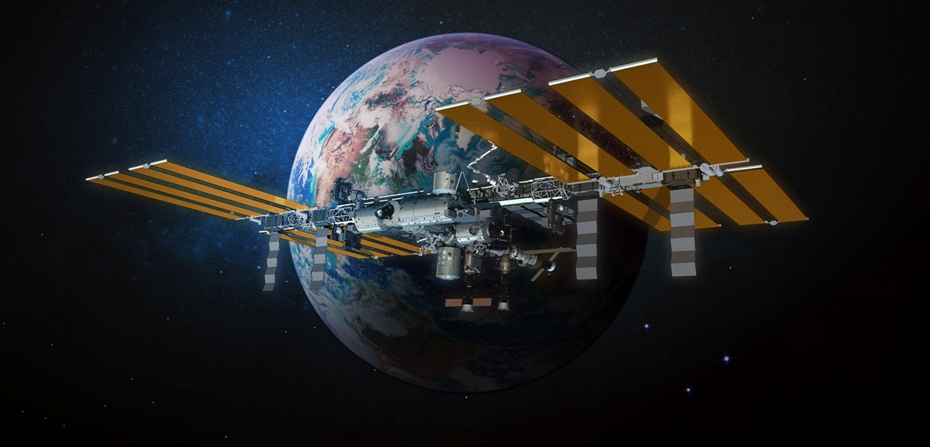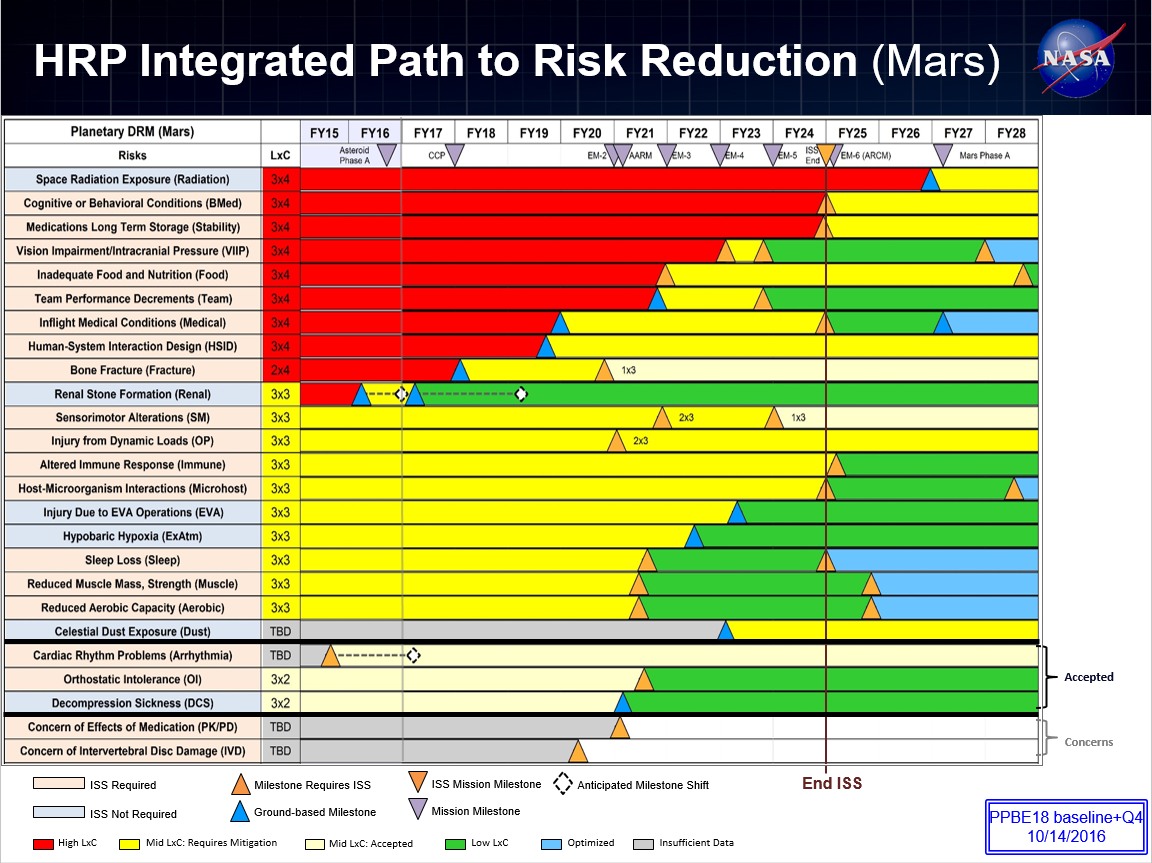NASA is planning another five annual flights, similar to the mission of Kelly and Kornienko

It's been eight months since NASA astronaut Scott Kelly and Russian cosmonaut Mikhail Kornienko returned to Earth from an almost-one-year mission to the ISS. During this rather long period, the astronaut and the cosmonaut passed a series of tests. Now NASA is developing five more annual missions similar to the flight of Kelly and Kornienko.
Scott Kelly and Mikhail Kornienko spent 340 days in space. The main goal of the mission is to study how the absence of gravity affects the body. This requires the upcoming flight to Mars, to which NASA is actively preparing. Microgravity acts in space: muscles and bone tissue atrophy, vision deteriorates, there is a redistribution of fluid in the body. On the ISS, the radiation background is higher, although weaker than in the depths of space. When flying to Mars, radiation will act much stronger.
')
On Earth, Scott was waiting for his homozygous twin brother, Mark, and scientists, after analyzing the performance of both, will be able to understand how the bodies of two genetically identical people react to different environments. The researchers plan to present the preliminary results of their work at the Human Research Program seminar in January 2017.
No longer was Kelly and Kornienko aboard the ISS, but NASA is not going to stop there. Two years ago, researchers at the Human Research Program, responsible for the safety and productivity of space travel, began developing new missions. They need to make sure they know enough about their long stay in microgravity before the astronauts go to study deep space for a longer period. So far, scientists can not make meaningful conclusions based on a study of only two people: too little data.

Risk Chart from Human Research Program
Program Manager William Paloski notes that the space agency wants to launch five annual missions aboard the International Space Station with the same goals that Kelly and Kornienko had. Each mission will involve one Russian and one American or other international partner of the agency. NASA is going to add variety to the missions, managing six-week and six-month parallels. It is necessary to compare the effects on human health. A pool of candidates for one-year missions also want to expand: include women and astronaut recruits.
So far, NASA has not finalized these plans to the end: now the agency is solving logistics issues with the Russian side and other international partners. According to preliminary data, the main one-year mission will begin no earlier than September 2018. Five additional missions will be completed until 2024. This year the formal life of the ISS expires. Because of such tight deadlines, several missions can overlap each other.
Paloski added that during the discussion of the NASA plan, Roscosmos proposed a more radical idea for the mission than a few short-term flights to the ISS - modeling a flight to Mars. The plan is simple: the crew will stay at the station for six months in order to imitate the way to Mars, then go to Earth and stay here from three to six months in isolation. Then he will be sent back to the ISS for six months, as if the team is returning from Mars to Earth. However, from scientific and pragmatic considerations, NASA preferred the format of one-year missions. But will one year be enough to achieve all the goals?
Former Space Shuttle program manager Wayne Hale asked why the space agency doesn’t launch longer missions so that the astronauts feel a load close to real when flying from Earth to Mars or to other places outside the lunar orbit. The leader of the Human Research Program group, John Charles, said that from a logistical and scientific point of view, the annual mission is a reasonable compromise. The station will work for another 7 years before it is closed, and therefore you can start only one two-or three-year mission during these periods. This will not only adversely affect the rotation of crews, but also cast doubt on the statistical significance of the data obtained from such a mission.
William Paloski added that one year will be enough to reveal most of the physiological and psychological risks of long-term missions. In addition, the station is not the best testing ground for some of the dangers of space flight, such as communication delays and radiation. For these threats, NASA must conduct long-term missions in the space between the Moon and the Earth. If the astronauts are located near the moon, this distance will be enough to conduct tests. And if an emergency situation arises, the astronauts will be able to return to Earth within a few days of travel.
To this end, NASA has begun work on the concept of Deep Space Habitat - a module in which astronauts will get used to life outside of near-earth orbit. Such companies as Bigelow Aerospace, Boeing, Lockheed Martin, Orbital ATK, Sierra Nevada Corporation and NanoRacks will help the space agency to build the module.
Source: https://habr.com/ru/post/399593/
All Articles